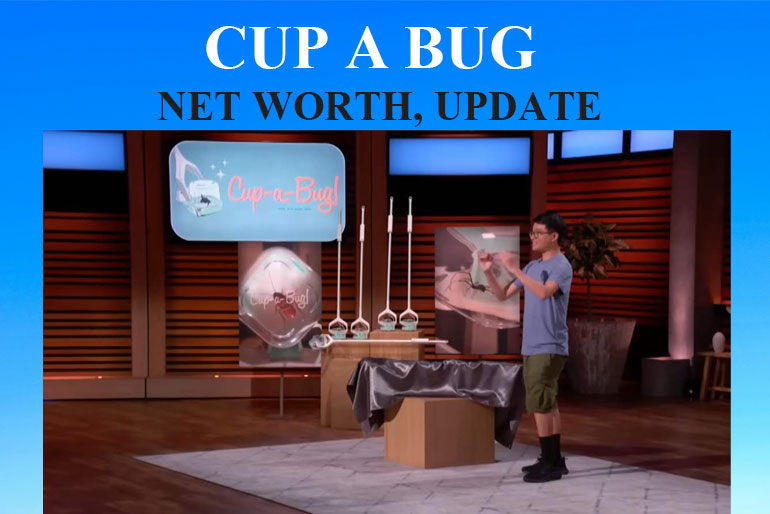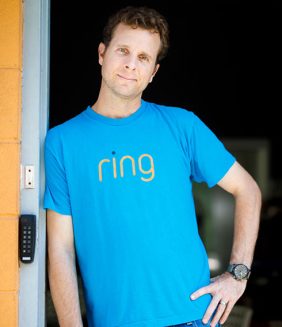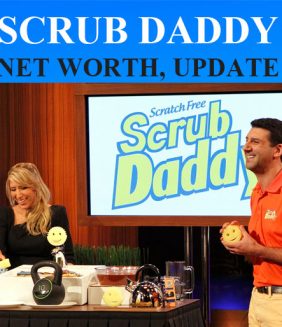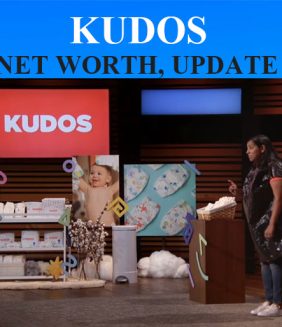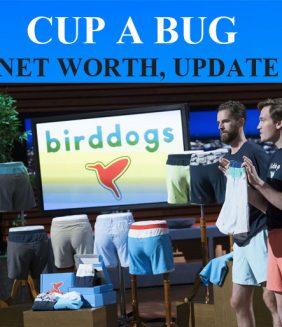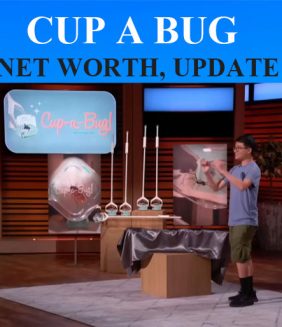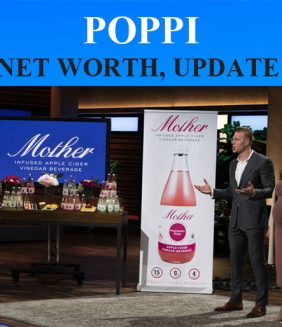If you’ve ever reached for a shoe because a cockroach scurried across the floor, you’re the exact customer Justin Huang had in mind. His invention, Cup a Bug, is a long-handled, no-kill bug catcher. Slide the cup over the insect, pull a lever, and a plastic door seals it in. Walk outside, release, and everyone lives happily ever after. A simple idea, yet one that turned plenty of heads when it aired on Shark Tank Season 15, Episode 15.
Pitch night highlights
- The ask. Huang requested $50,000 for 10% equity, valuing the venture at half a million dollars.
- Cost & price. Manufacturing runs about $10 per unit, shipping another $7, and the retail tag sits at $40 (website and Amazon).
- Early traction. A March 2022 Kickstarter moved roughly 800 units and raised $28,000. Three months before taping, online sales added 1,200 more, taking revenue close to $48,000.
- The deal. Mark Cuban out-maneuvered Daymond John by upping his offer to $75,000 for 20%, which Huang accepted.
Cuban also negotiated a stake in Huang’s future ideas, sensing a pipeline beyond bug catchers. The exchange was light-hearted—rubber insects popped from hidden trays—but it underscored Cuban’s knack for spotting a clever household tool with viral potential.
How that deal reshaped valuation
Before the handshake, Cup a Bug’s paper valuation stood at $500,000. Cuban’s richer cash offer but larger equity slice reset that figure to $375,000. Blogging site SharkTank Insights later extrapolated modest 10 % annual growth and placed the brand’s 2025 net worth near $453,450. Keep in mind this is an outside estimate, not audited financials, yet it illustrates respectable upward movement on a shoestring budget.
Anatomy of the product
The version now for sale keeps the same core parts viewers saw on TV:
- Pivoting cup lets you corral crawlies on ceilings or behind furniture.
- Corner brush nudges reluctant critters into the trap.
- Zero chemicals or batteries, so it’s pet- and kid-friendly.
- Warranty: 90-day satisfaction pledge.
- Price: regularly $49.99, often discounted to $39.99 with free U.S. shipping on the official store; Amazon listings hover around $44.99.
User reviews rave about finally rescuing spiders instead of squashing them, and more than a few suggest giving the device as a quirky house-warming gift.
The viral surge straight after airing
The week the episode broadcast, a TikTok clip showing the catcher in action racked up millions of views. The spike pushed all inventory out the door, forcing an immediate switch to pre-orders. By June 2024 the website warned new buyers that shipments wouldn’t leave the warehouse until September. It wasn’t a lack of demand—just the opposite. Production simply couldn’t keep pace.
Huang’s candid LinkedIn notes revealed stress points: tooling delays, freight backups, and the reality that “overnight success” still demands spreadsheets and factories. Yet transparency paid dividends; customers applauded the honesty and kept orders intact rather than canceling.
Who’s running the show today?
Cup a Bug operates under Huang’s umbrella company Solid Factory, a small product-design studio he founded. Huang handles R&D and supply-chain calls while friends Sam (quality control) and Ariel (social media & support) shoulder day-to-day tasks. It’s a lean, bootstrapped crew—no fancy headquarters, no warehouse rows of robots—just a handful of makers shipping from Utah.
Sales channels & numbers you can actually understand
- Direct-to-consumer (DTC): Cupabug.com remains the primary storefront, managing largest margins.
- Amazon: Improves discovery, though fees nibble at profit.
- Retail interest: Cuban hinted on-air about big-box potential, yet the company is deliberately waiting until supply is stable before crossing that bridge.
Actual sales remain private, but clues help: 2,000+ units sold before broadcast, a “sold out” banner for months afterward, and continuous five-star reviews hitting the store weekly. Conservatively, even 20,000 units at an average wholesale $25 brings $500k top-line revenue, already above the original valuation. That back-of-the-napkin math suggests Cuban’s stake sits pretty.
What changed after Mark came aboard?
- Capital infusion covered larger production runs, cutting per-unit costs by about 15%.
- Process mentorship: Cuban pushed for standardized packaging and fulfillment software rather than spreadsheets.
- Marketing tweaks: Short, playful videos replaced wordy ads, aligning with social-media scroll culture.
- Global shipping groundwork: Negotiations with a third-party logistics provider now make Canada and the U.K. viable for late 2025 launches.
Common hurdles (and how they’re being tackled)
| Pain point | Old reality | Current approach |
|---|---|---|
| Tooling delays | Small suppliers, six-week lead times | Larger mold-maker in Texas, four-week target |
| Cash-flow crunch | Paid factory 50 % upfront | Cuban’s funds plus order-based financing |
| Customer updates | Sporadic emails | Automated status emails and Instagram reels |
| Shipping costs | Fluctuating postal rates | Negotiated bulk FedEx discount |
Simple fixes, yet each one shaves headaches off the founder’s plate.
The 2025 product roadmap—what’s cooking?
- Mini Cup a Bug version for fruit-fly swarms in kitchens.
- Extension pole add-on taking reach from 24 inches to almost 40.
- Kid-friendly colorways with cartoon decals aimed at science-fair kits.
- Recycled-plastic edition to satisfy eco-minded buyers who asked why a humane gadget used virgin materials.
Prototypes exist; mass rollout waits on cash reserves and demand signals. Cuban’s camp is already surveying big-box retailers for shelf feedback.
Lessons for garage inventors
Huang’s journey underscores a few truths:
- You don’t need a complicated patent portfolio; a clear utility model and solid execution go far.
- Viral spikes can crush an unprepared supply chain faster than any competitor can.
- Honest social posts—even about delays—build trust faster than polished press releases.
His long-term play? Cultivate a catalog of clever, humane household aids, using Cup a Bug as the springboard.
Net worth recap in plain English
- Pre-show valuation: $500,000 (on paper).
- Post-deal valuation: $375,000 (20 % for $75k).
- Outside estimate for 2025: $453,450 after factoring steady 10 % growth.
That figure isn’t gospel—privately held firms rarely open their books—but it does show the brand tracking upward two years into life as a Shark-backed company.
Where to grab one (or follow along)
- Official shop – flash sales, bundles, and the first wave of accessories.
- Amazon listing – handy for Prime shipping or gift credits.
- Instagram @cupabug – behind-the-scenes clips, customer shout-outs, and the occasional arachnid rescue story.
Final take
Cup a Bug proves that elegance often hides in everyday frustrations. A cup, a pole, a single sliding door—that’s it. Yet the device resolved a universal “ick” moment and did so without resorting to chemicals or cruelty. Add a relatable founder, Cuban’s backing, and a social-media audience that loves feel-good gadgets, and you get a young company with real staying power.
The road ahead still involves inventory math, freight deadlines, and maybe a few spiders escaping the cup during live demos. But if Huang keeps balancing transparency with creativity, there’s little doubt his humane catcher will buzz into more homes—and perhaps inspire the next wave of kinder pest-control tools as well.


